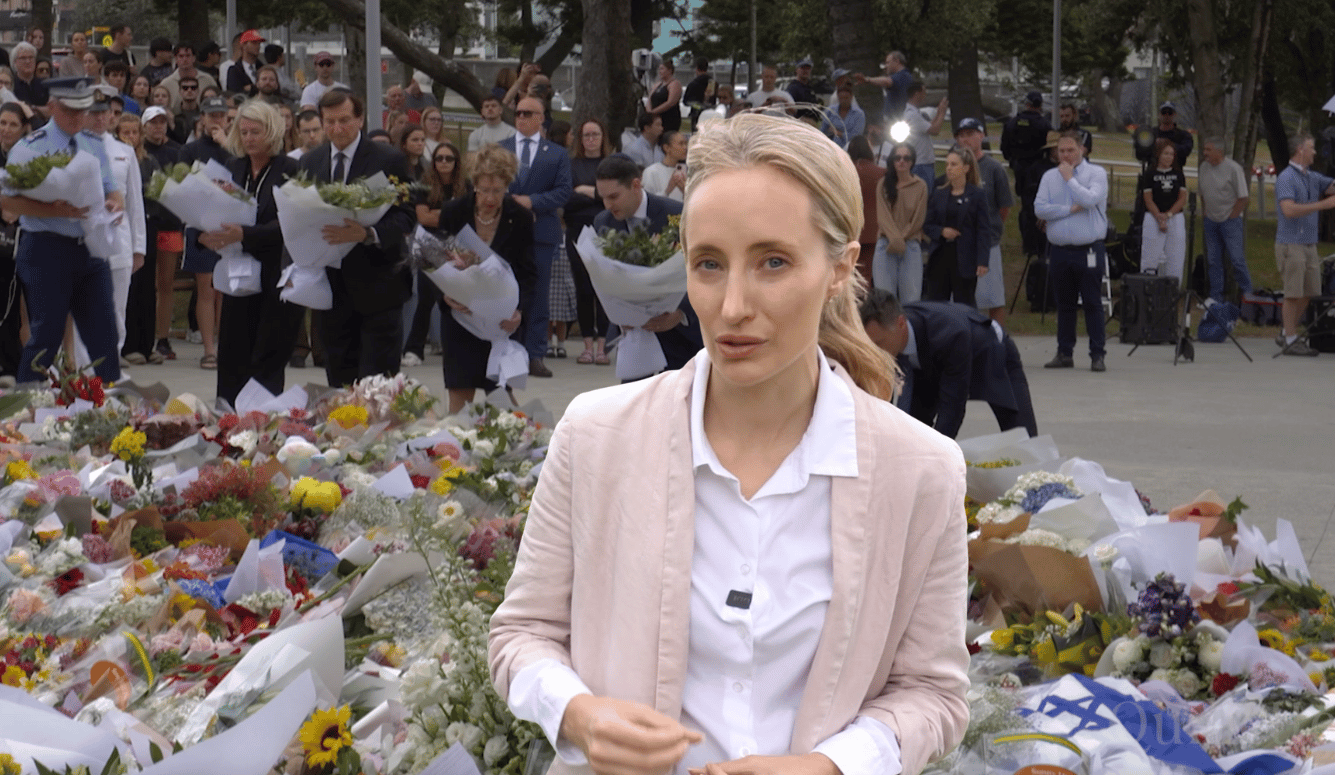Bioethics
Choosing a Good Death
There are many false hopes out there that claim to be treatments and cures.

As a doctor working in palliative care, I treat people who have a terminal illness, in a healthcare system that favours more, rather than less, clinical intervention. Of course, when you go to a hospital, you expect investigations and treatments. You expect the right balance to be struck between finding out if something is wrong, and hopefully not having to return for test after test, procedure after procedure, to the point where your ailment takes over your entire life. Medicine’s goal is, after all, to extend life, and patients will often sacrifice life quality today for the chance of gaining time or feeling better later. Healthcare professionals are rightfully trained to treat first and ask questions later.
But what about the last years of life, when, with the benefit of hindsight, too much time appears to have been spent in hospitals and in clinical areas? Opportunities for holidays and weekends away or family dinners are exchanged for the multiple scars of clinical intrusions visible all over a frail body: cuts, bruises, cannulae, tubes. This is something that relatives of patients I have looked after come back to me about, later, after their loved one has died. Well-intentioned over-treatment, that silent epidemic.
I once received a late afternoon phone call to my office. It was the wife of a man we had treated eight years previously. And she had so many questions that had been going round her mind for years. The biggest, however, was how she/we might have kept him out of hospitals more in the last two years of his life. Like many, he hated being an inpatient, and she felt he had been let down. We talked for a long time, without finding solutions, but agreeing on many points.
As a jobbing palliative care doctor, these sorts of questions come up daily on hospital rounds. My patients and their loved ones are often confused about the next steps they should take. Severe fatigue and pain can sometimes add to the burden of decision making, so quite frequently they may defer to their doctor. A patient once admitted that she tended to nod her head by default when speaking to medical professionals; she did not want to appear stupid. But often she struggled to take it all in, and she said she would not be someone to challenge any proposals made by the medics.
I sometimes ask medical, nursing, and art college students to imagine themselves in their dying days, and I task them with commenting on what they see and hear. Many find themselves in a clinical setting although some picture a sunset, a warm beach, friends surrounding them, and an ice cold drink at hand! But how can we move from imagining a good death to actually realising it? The first step is to acknowledge the concept of our mortality, however far away it may appear. Then, perhaps guided by those who have experience in this area, we can talk about our profound wishes and fears.
One of the first steps is to be more comfortable talking about the end of our lives. I sometimes try to bring a different topic, like music, into these conversations. What tune would you want to hear in your final hours? The answers are surprising. Family, friends, loved ones, and healthcare professionals should be drawn into these conversations where possible. But I still see questions like this one shut down very quickly, often by a younger family member: “Oh, don’t talk like that now, you’ll be fine, just keep taking the chemo, Dad.”
Is there an inherent problem with the word “treatment”? It implies something is “being done.” Perhaps it is too closely aligned with the word “cure,” in some people’s vocabulary. But surely, a treatment that alleviates pain or nausea, whilst not curing the underlying condition, remains a treatment nonetheless. Worse still, is the phrase “active treatment.” It usually implies that the alternative is inactive non-treatment, and I can assure you that palliative care doctors and nurses have many active treatments up their sleeves. I can also state categorically that maintaining someone’s mobility, so they can get around without breathlessness, fatigue, pain and/or nausea requires lots of treatment approaches (yes, they all tick my “active” box), that are no less complex than your average course of immunotherapy. And both can work alongside each other, of course.
We spend a lot of time and energy on tests, investigations, and hospital stays in the last year of life. We follow the stats from trials and big pharma, prescribe drugs that have helped some live a few weeks longer, but not others. Perhaps more time should be spent talking about not doing a test or not administering a chemical “treatment” that may in fact lead to deterioration and death more quickly, if unlucky.
Remember the miracle cancer cure that your favourite newspaper promised eight years ago? No? That’s because it did not cure the cancer. Despite the big headline and the myriad cancer patients clutching their copy and asking why they were being denied, it appears trials did not bear out the big claims. There are many false hopes out there that claim to be treatments and cures. Crowdfunding campaigns try to achieve what has yet to be achieved. Some have been shown to be expensive distractions, at best leaving patients and healthcare out of pocket, at worst costing people precious time that they might have spent doing more meaningful things.

Many relatives and carers of patients who have died, tell me that had they known it was the last year, they would have done more to challenge the seemingly endless onslaught of tests, therapy regimens, and hospital visits. They might have avoided that radiotherapy to the brain, for instance, which was followed by weeks of fatigue, nausea, and hair loss. Instead, perhaps they would have spent many more days at home or enjoyed the beautiful autumnal outdoors, filling their lungs with cold, fresh air and feeling alive. But, in the end, they just went with the flow of “what the doctors and nurses ordered.” The conveyor belt of clinical medicine has many allures. Increasingly, I feel people get pressured into it, by well-meaning relatives, friends, and healthcare professionals.
More patients are starting to turn this around, and I know many who have challenged their medical teams, armed with statistics, forms, and information, to have more of a two-way discussion and dialogue about their personal wishes. Good. Topics that you may want to discuss frankly with your family, friends, loved ones, and healthcare professionals if you have a life-limiting illness include what treatments you would accept and which are less acceptable to you, the individual. It’s called advance care planning. In Wales, we have created an information website with explanatory videos about options like Advance Decisions to Reduce Treatment (ADRTs), and advising how you might go about sitting with a healthcare professional to get it all written down and made available on your health records, if you feel strongly about some things.
We can all benefit from hitting the pause button from time to time on the rollercoaster of interventional medicine. For patients and their families, it is very hard to know when to say yes and no, and some have even told me they just do what the doctor says, so as not to seem ungrateful or querulous. Ask some tough questions of your healthcare professionals, but also of yourself. That is a starting point. The Choosing Wisely partnership has set out three questions as part of a Making Choices Together campaign here in Wales: What are my options? What are the benefits and risks? What can I do to help myself?

The second question highlights the unspoken principle that the treatments that are sometimes offered in diseases like advanced cancer, can be so intensive that they may (for some) even be life shortening, compared with the patient opting instead for a conservative quality of life approach. “Doing nothing” is a phrase I dislike in this situation, because there is always a lot of hard work, activity, and care required in providing good symptom control and quality in the last years of life. “Doing without treatment interventions that may make me worse,” is a strategy that can not increase quality, but perhaps also quantity, of life.






